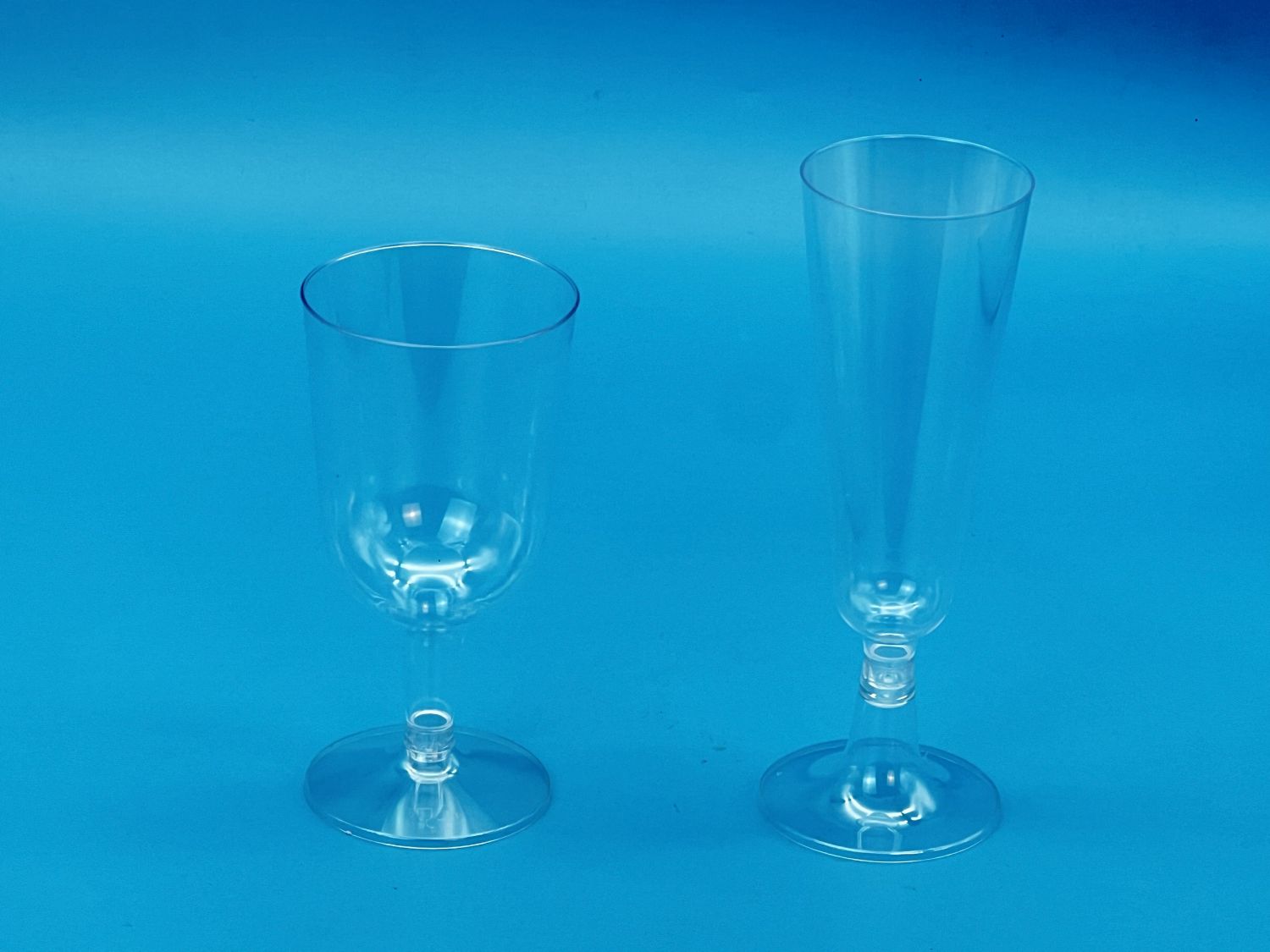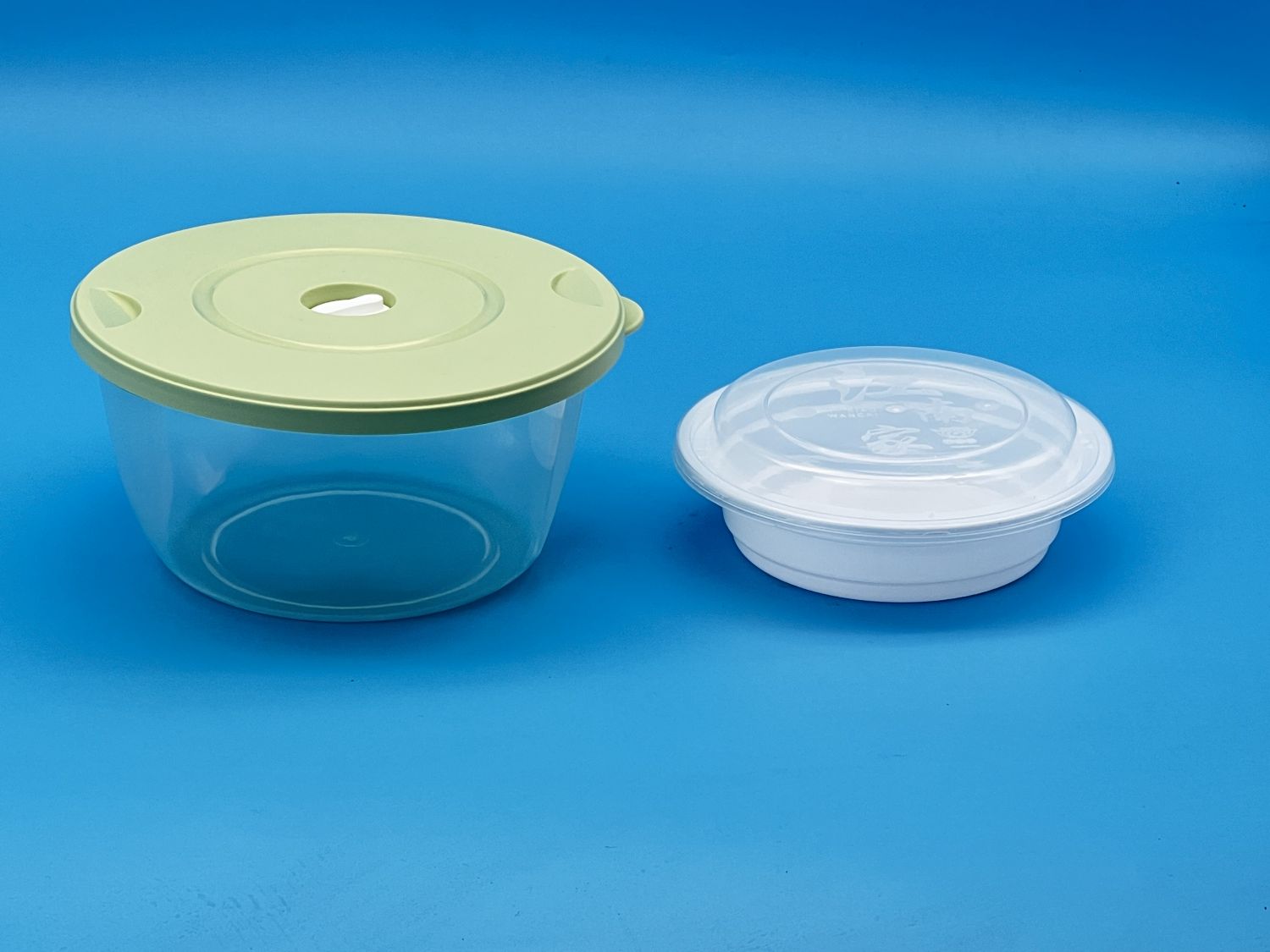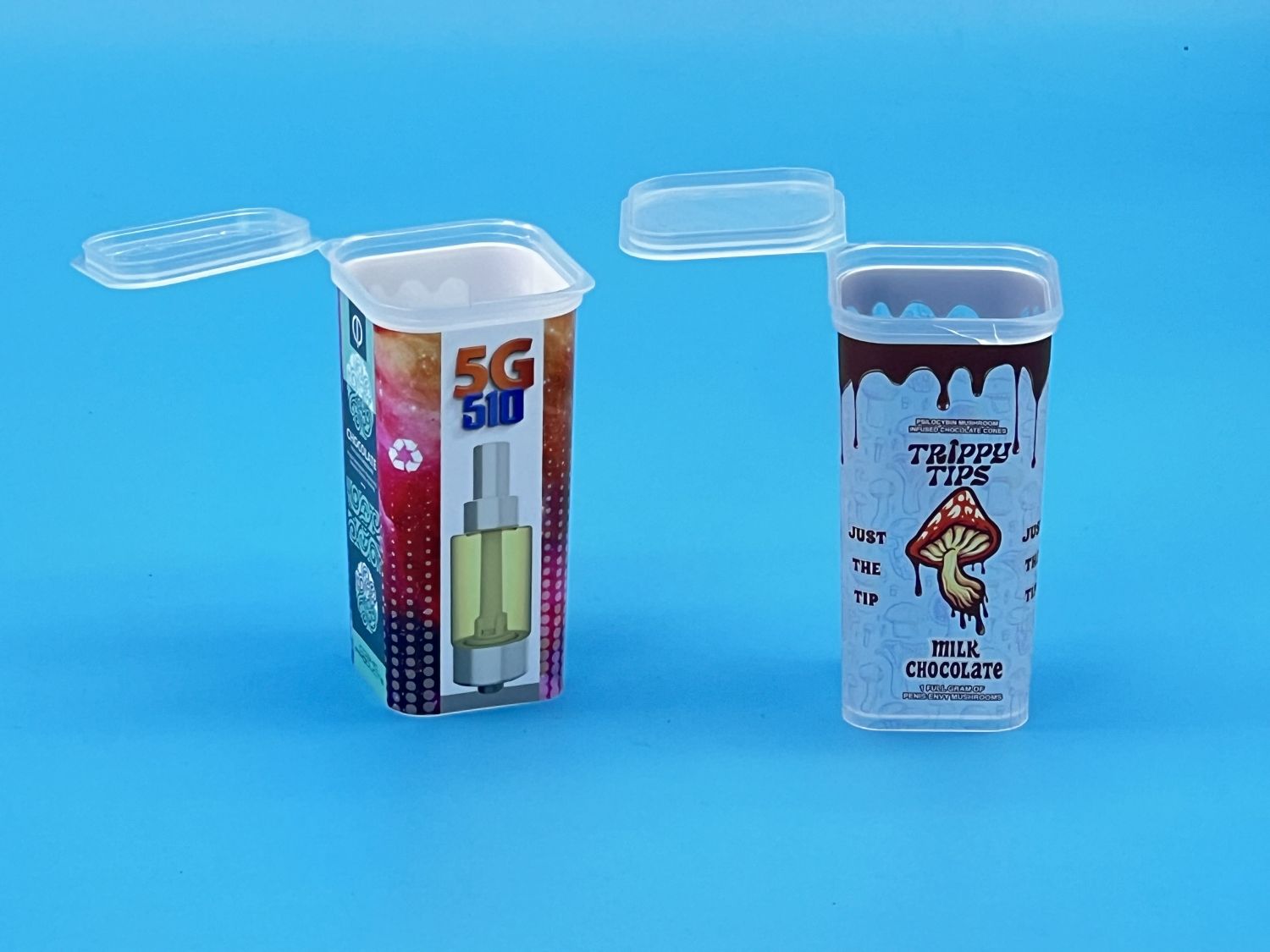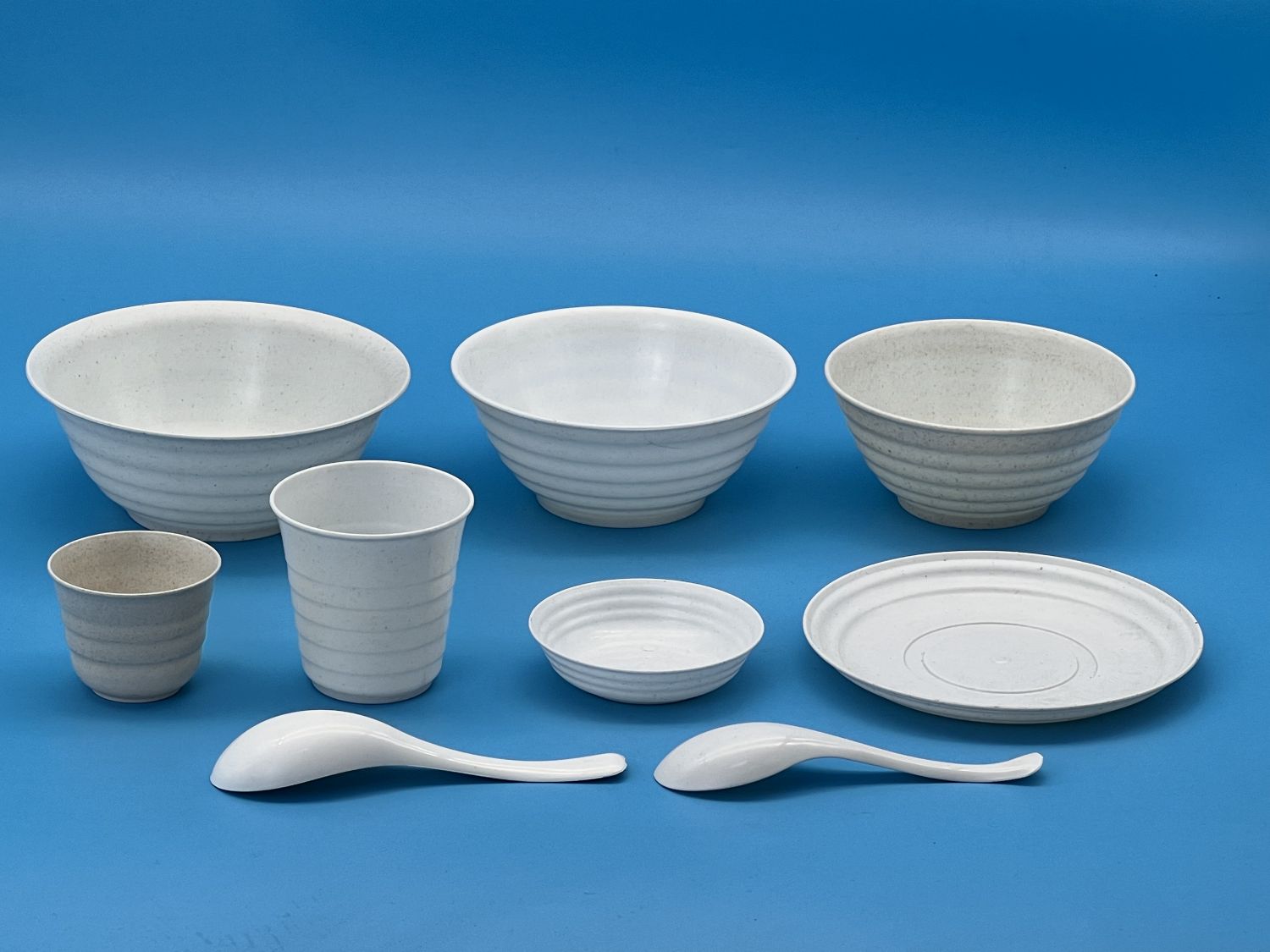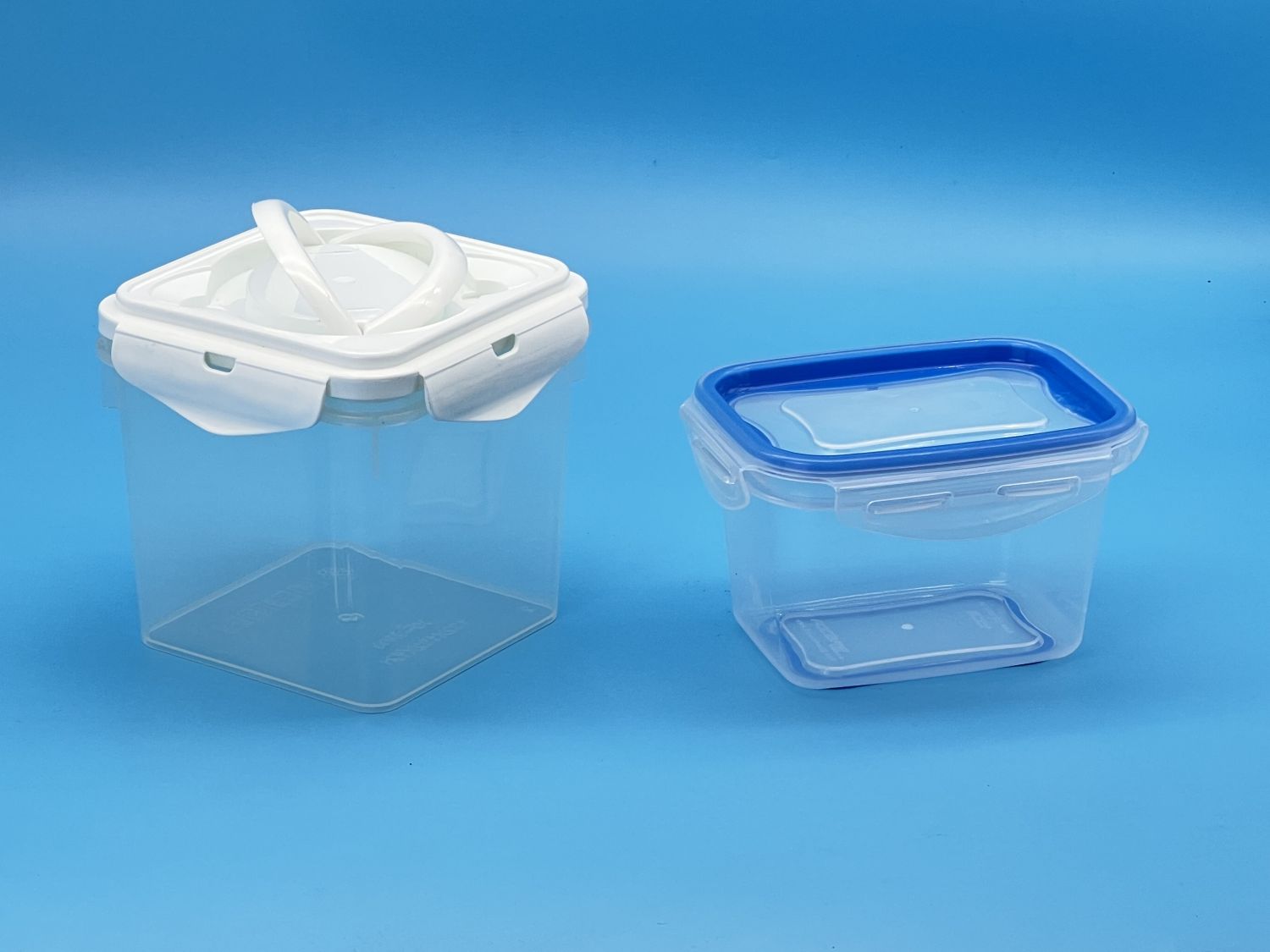
Is Rice Husk Mold a Real Eco-Friendly Alternative to Plastic?
2025-10-31
In our previous blogs, we’ve talked a lot about PP Plastic Molds, PS Plastic Molds, and IML Molds—each offering unique advantages for food packaging and disposable tableware. But today, let’s take a step into something even more exciting: Disposable Rice Husk Mold.
More and more people are asking: “Can rice husk really replace plastic in food containers?” Let’s find out together.
1. What Exactly Is a Rice Husk Mold?
A Rice Husk Mold is a specialized injection mold used to create tableware and packaging products made from natural rice husk fiber mixed with eco-friendly resins.
Unlike PP or PS plastic, this material is biodegradable and renewable, which makes it a great choice for companies focusing on sustainability and green packaging.
In short, Rice Husk Molds allow manufacturers to create sturdy, heat-resistant, and biodegradable products — a rare combination in the disposable packaging world!
2. How Does It Compare With PP and PS Plastic Molds?
We’ve already discussed how PP Plastic Mold offers flexibility and heat tolerance, while PS Mold provides transparency and rigidity — ideal for champagne flutes or cold drink cups.
However, Rice Husk Mold offers something different: eco-impact.
Let’s do a quick comparison:
| Feature | PP Plastic Mold | PS Plastic Mold | Rice Husk Mold |
|---|---|---|---|
| Heat Resistance | Up to 120°C | Up to 90°C | Up to 100°C |
| Transparency | High | Very High | Opaque, natural tone |
| Eco-Friendliness | Recyclable | Recyclable | Biodegradable |
| Durability | Excellent | Good | Moderate but sufficient |
| Aesthetic Feel | Glossy | Clear | Matte, organic look |
So yeah, each has its sweet spot — but when it comes to sustainability, Rice Husk Mold wins hands down.
3. Is It Safe for Food Use?
Absolutely yes. Rice husk material is FDA-approved, non-toxic, and free from heavy metals.
Plus, since it’s made from agricultural waste, it’s a smart way to reuse natural resources that would otherwise be discarded.
Many food brands have started using Rice Husk Mold containers for lunch boxes, coffee cups, and takeaway packaging — offering both eco image and practical performance.
4. The Practical Challenges (Let’s Be Honest!)
Here’s where we get real — producing with rice husk material is not always easy.
Because it’s not pure plastic, the mold design must be extremely precise to maintain stability and smooth surface finish.
The cooling system and gate design must also be optimized to avoid uneven filling.
That’s why working with an experienced mold manufacturer like Baolin Mould matters so much. We’ve applied the same precision we use in IML Molds and PP Molds to develop reliable Rice Husk Mold solutions.
5. A Bridge Between Plastic and Nature
What’s fascinating is how these technologies are connected.
While IML Molds focus on branding and aesthetics, Rice Husk Molds focus on eco sustainability.
Both represent the future of food packaging — one that values both innovation and responsibility.
So if you’ve read our blog on “Why IML Mold Is Changing the Future of Food Packaging”, this topic completes the circle:
from plastic innovation → to smart labeling → to sustainable materials.
Can rice husk replace plastic entirely? Maybe not yet — but it’s definitely the right direction.
As consumers become more eco-conscious, brands that adopt Rice Husk Molds are earning trust and loyalty.
And that’s where companies like Baolin Mould play a role — bridging technology, design, and sustainability into every mold we produce.

